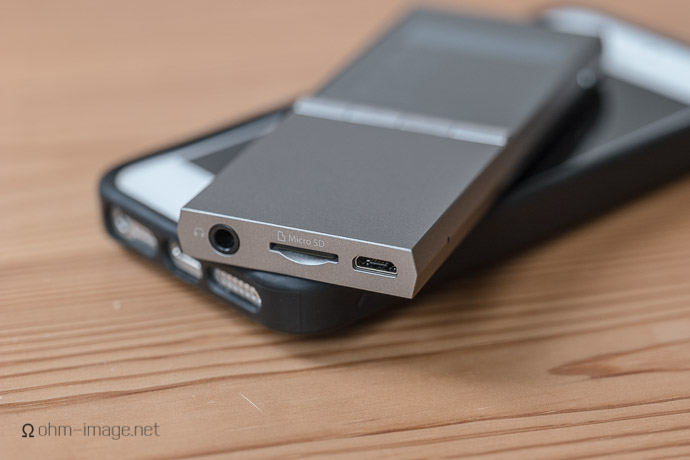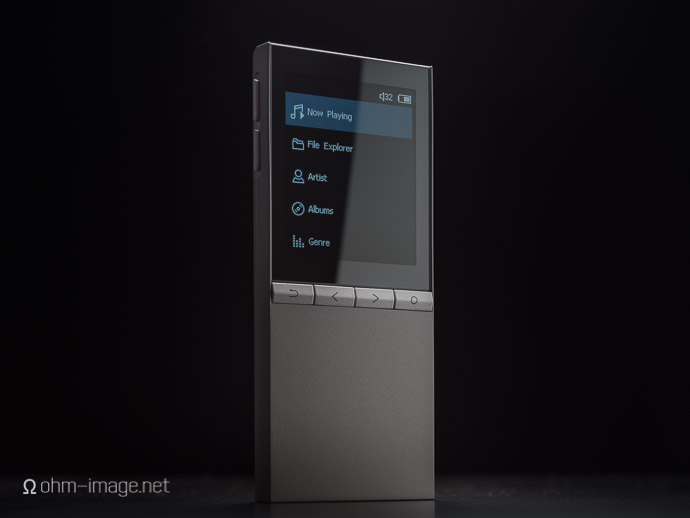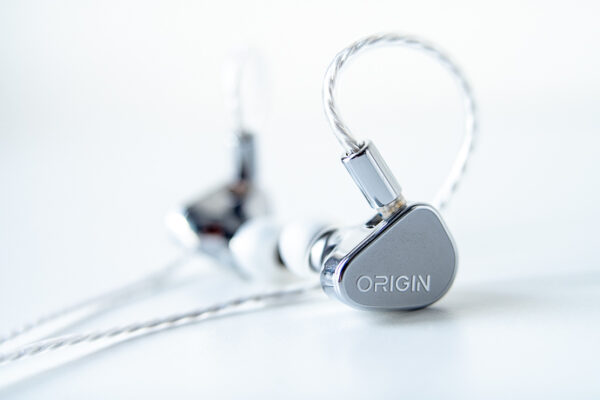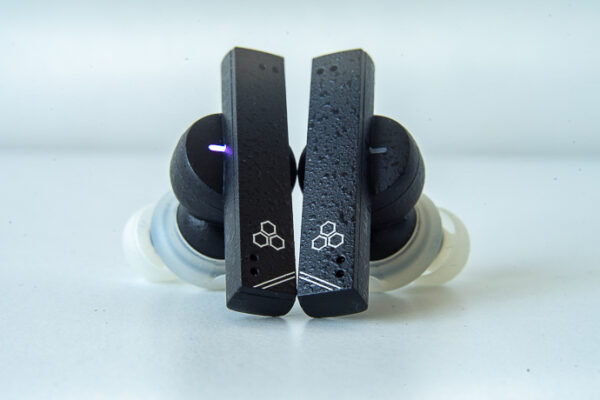Sound
Megamini is a good-sounding player. With insensitive earphones and headphones plugged in, it is one of my favourite sounding DAPs on the market. It drives low-impedance loads well, powers a wide range of full-size headphones well, and outputs a mildly warm signal, which is lovely with many of my favourite headphones. This morning, I’m doing the douchebag thing, typing a review at Starbucks. A moment ago, I removed Beautiful Audio’s Grado pads from my head.
What a beautiful combination.

Megamini’s volume goes up to 32. Not 30. Not 40. Not 50. Not even 35. Abandoning base ten is the new punk rock, I guess. Whatever the case, Megamini gets pretty loud, and puts decent current behind that loudness. Its warmth puts some midrange guts into sometimes raspy earphones. I judge that it and the iPhone 6 put out roughly the same volume from the same headphones. Megamini shows far less load effect, though.
Its slight warmth is a boon to the RE800, an earphone which has swiftly become a personal favourite. The Megamini shows a slight high-end roll off of about 0,5dB. If you can hear that, you’re not human. Perhaps the biggest reason it sounds warm is its beautifully solid stereo signal. No matter the load, lows, highs, and mids, share neutral load patterns, ensuring nearly equal sound pressure in any stereo band. Typically, high-frequencies and sometimes low frequencies congeal, pulling spatial attention away from the centre, and put too much emphasis on the extremes. Megamini keeps the middle intact.

The more I listen, the more I’m convinced that the Megamini has a thing for mids. And it’s these mids that define the listening experience, from to to bottom, and from in-focus to out of focus. With low IMD even under load, Megamini ensures that positional and stereo detail jump to the fore. That said, I don’t think that many will have the impression that Megamini is a detail monster. It’s too generally warm for that, though overall, that warmth is only fractionally higher than most players.
It also keeps loaded THD to a minimum, at max jumping by 30% under low-Ω loads. I can count on one hand the number of players out there that ensure a maximum of 30% IMD/THD jump under similar load.
Megamini’s downside is largely semantic. As you know, I put little to no stock in hi-res audio claims. To really enjoy it, you have to listen at volumes that will blow your ears. And even then there is no guarantee that the song has 24-bits of information (or anything near it) to enjoy. Then there’s the playback hardware itself: is it capable of reproducing 24-bit? Can your headphones or speakers produce 120dB of dynamic range? Stereo separation? I don’t think so. So, while I’m firmly a skeptic vis-a-vis hi-res audio, I take serious the claims manufacturers make. And, Hifiman claim that Megamini is a high-res player.
It sure as hell plays back DSD and other hi-res formats. No questions from me. And it sounds great doing so. But hardware tests prove that it is incapable of reproducing 24-bits of anything. In fact, its best results fit well within the bounds of undithered 16-bit audio. Yes, its performance under load is exemplary. As long as you’re able to get the volume you need, no earphone or headphone will hold back Hifiman’s Megamini. It’s almost as if 24-bit stuff is being re-sampled to 16-bit before leaving the DAC.
Fiio’s M3 is similarly strapped to 16-bit bounds. An iPod nano bests Megamini in a number of key areas. And then there’s the Onkyo DP-S1.

The thing is: neither the nano nor the DP-S1 are as pleasingly warm. The last player I remember hearing with this sort of signature was Fiio’s original X3. Great sound. Horrible interface. Horrible build. Ugly as sin. Megamini is better to use, but hisses more.
Which leaves me saying this: I love Megamini’s sound signature. If it weren’t for its – considerable – hiss, I’d likely pick it up over the Onkyo DP-S1 in gappy music. It’s just such a damn pleasing sound for everything from a GH-2 to a DT880, and even Susvara.
End words
If just finished the final battery run down. At a volume of 12, looping The Best of New Order, Megamini cleanly averages 14 hours on a charge. Not bad. Not as good as an iPhone, but about on par with Apple’s recently discontinued iPod nano, and close enough to HiFiman’s marketed 15 hours to pass. It is a damn good-sounding player. It’s Achilles heals are its iffy interface hardware and software interaction, too much hiss, and weird forced fading in and out of songs.
For the love of God, fix the hiss and the fade thing. Barring that, it’s back to hard-encoding albums to single tracks and scrobbling to get where you want like the cassette tape days. It’s a shame: Megamini level of quality current is pretty rare. Same with the wonderfully warm and full-spectrum detail sound that spits from its headphone out. It’s a shame because Megamini sounds great but is designed for an anachronistic market.








Barun Chanda
Nice job. Would have loved a Plenue D comparison, since it is currently going as low as $205.
So when is the Susvara review coming?
ohm image
Barun, I always forget something. If you’ve got 205$ to spend, Plenue D has:
way less hiss
better battery life
faster interface
is more neutral sounding
I’d go for Plenue… except that Megamini’s warmth is great. But its hiss. And the other things.
Oscar Stewart
Looking forward to your Susvara review, I got the same box of goodies as you 😉
Just waiting on a loan Violectric amp for the Susvara as I’m currently running them out of my Marantz PM-5005 straight from the speaker taps.
On the Megamini I actually found it to have a slight upper mid to high freqneucy emphasis, this is compared to my reference player the Opus #2.
ohm image
I look forward to read your opinion. Susvara is amazing. Comfy, great-sounding, and handsome. No, it’s not built to the price level, and there are problems with QA, which are silly its price point, but wow, what a headphone.
The Megamini hasn’t a measurable emphasis in the upper mids but it has a flatline stereo response, which, depending on how you perceive stereo array and soundstage, can sound either deeper or brighter. It’s really beholder dependent.
Barun C
Susvara review is going to be quiet interesting since you have already reviewed Myst Ortophones. No one has compared any of the Myst offerings with any of the Big 2 of planar magnetic world today.
Kun
Hi Nathan
Do you have recommendation for a player with good radio function, price below $400 preferable around $200, a significant step up from my old Sansa Fuze?
I listen to both radio and my own classical albums.
Thanks in advance.
Kun
Ohm image
Hello Kun,
This is late-but you know that already. I’m not a big radio listener, and the closest thing I have come to reviewing a radio-enabled players is the Onkyo DP-S1, which allows for thousands of internet radio stations. Great player.